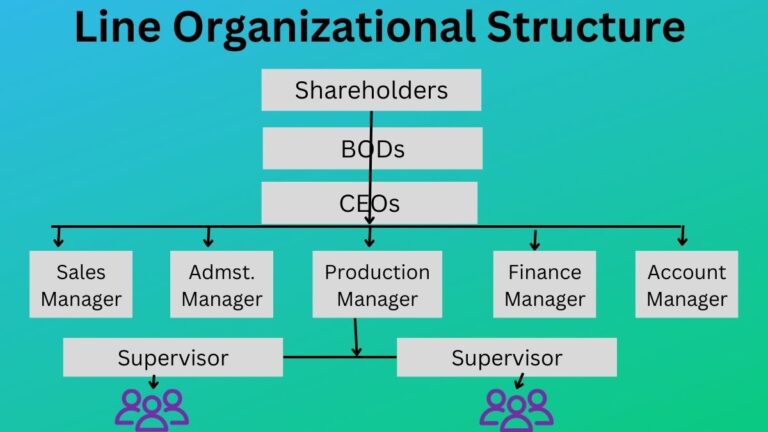Unity of Direction Principle of Management (Explained)
Principle of Unity of Direction
The principle of unity of direction refers to “One Plan One Head”. Meaning that a group of activities that have a similar objective to achieve should be grouped into one and their direction head should be one.
It often makes confusion with the principle of “unity of command” as they both sound the same. But they are different, the unity of command means you must receive a command or instruction from only one head (boss) at a time. In the unity of direction, if your activity’s objective is similar to other employees’ objectives these activities should have a particular group, and direction comes from one head. So in short, it says there must be one plan for similar activities and one head to direct.
This principle is effective to bring uniformity and coordination to the workplace. It also maintains unity in action in the organization. Bringing coordination and uniformity also reduces the duplication of work and waste of time and resources.
It is obvious that an organization has different groups and departments of employees working. The groups or departments may have separate yet similar goals. It is the responsibility of the manager to identify groups or departments having similar objectives.
Related: 14 Principles of Management
After identifying the manager should combine them into one unit, make a plan aligning their objectives, and direct them towards the achievement of that objective. It helps managers to effectively utilize group efforts for the attainment of common goals.
Advantages of this Principle:
- Brings uniformity and coordination among employees and the organization.
- Brings unity in action or operation in the workplace.
- Group efforts are effectively utilized.
- Duplication of work is minimized.
- Over-expenses of time and resources are also minimized.
Results of Avoiding this Principle:
- Duplication of work may be increased.
- There may be poor coordination.
- Conflicts may arise among employees.
- Relations often become weak between heads and groups.
Read Next: Discipline Principle
Sajan Kushmi is a content writer with more than 4 years of experience. He holds BIM Degree. He write on the topics related to Management, Marketing, and Entrepreneurship.






